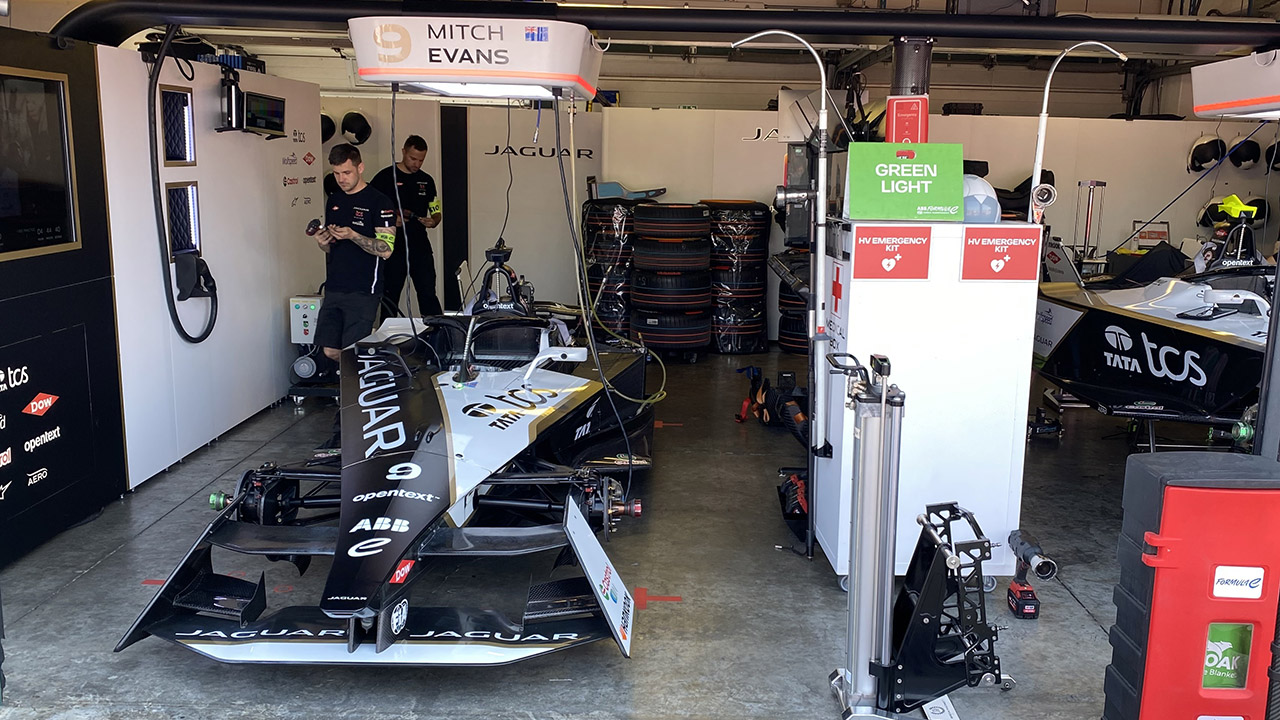|
|||||||
|
|
|
 |
|
|
Strumenti |
|
|
#281 |
|
Senior Member
Iscritto dal: Apr 2006
Messaggi: 1464
|
LRO ha fotografato a risoluzione piena il sito dell'allunaggio dell'Apollo 11:
http://lroc.sese.asu.edu/news/uploads/lm_westcrater.png Questo è un ingrandimento del LM: 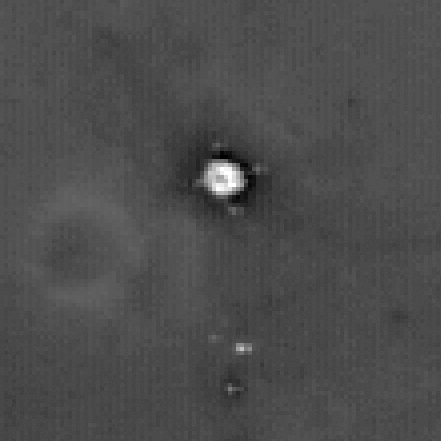 Fonte |
|
|

|
|
|
#282 | ||
|
Senior Member
Iscritto dal: Apr 2006
Messaggi: 1464
|
Quote:
Quote:
Ultima modifica di Rand : 09-11-2009 alle 23:54. |
||
|
|

|
|
|
#283 | |
|
Senior Member
Iscritto dal: Apr 2006
Messaggi: 1464
|
Hubble Space Telescope + Spitzer Space Telescope + Chandra X-ray Observatory =
 la versione a piena risoluzione si può trovare qui (immagine 9725 X 4862 - 8 Mb) Quote:
Ultima modifica di Rand : 10-11-2009 alle 21:19. |
|
|
|

|
|
|
#284 |
|
Senior Member
Iscritto dal: Sep 2004
Messaggi: 1178
|
Non mi ricordo se qui l'ho gia' postato:
Mostra "Astri e Particelle" a Roma, fino al 14 febbraio 2010: http://www.palazzoesposizioni.it/Med...ia.aspx?idc=18 Programma in PDF: http://www.palazzoesposizioni.it/med...D-3DF1688764CB Ingresso intero 12,50 euro. Ingresso alle conferenze gratuito (ogni giovedi' alle 18.30) Ingresso gratuito per la proiezione in 3d della stazione spaziale (qualunque cosa significhi...) 4,50 euro per ogni film della rassegna di fantascienza. Sabato 14 novembre ore 17.00, conferenza gratuita "A cosa serve la macchina piu' grande del mondo?" (L'LHC di Ginevra)
__________________
La scienza è provvisoria -- Jumpjack -- |
|
|

|
|
|
#285 |
|
Senior Member
Iscritto dal: Sep 2004
Messaggi: 1178
|
Buchi sulla luna: è davvero fatta di formaggio?
http://www.newscientist.com/article/...-the-moon.html 
__________________
La scienza è provvisoria -- Jumpjack -- |
|
|

|
|
|
#286 |
|
Registered User
Iscritto dal: Aug 2002
Città: SaTuRn
Messaggi: 1589
|
Come quelli su marte??
|
|
|

|
|
|
#287 |
|
Senior Member
Iscritto dal: Sep 2004
Messaggi: 1178
|
sembra di si'.
Ci stanno studiando su. LRO ha gia' in programma di andare a ficcanasare facendo foto 10 volte piu' definite.
__________________
La scienza è provvisoria -- Jumpjack -- |
|
|

|
|
|
#288 | |
|
Senior Member
Iscritto dal: Sep 2004
Messaggi: 1178
|
Quote:
http://www.hwupgrade.it/forum/showpo...&postcount=558
__________________
La scienza è provvisoria -- Jumpjack -- |
|
|
|

|
|
|
#289 | |
|
Senior Member
Iscritto dal: Sep 2004
Messaggi: 1178
|
Il sorvolo di Rosetta sulla Terra, in diretta tra 10 minuti!
Quote:
Blog: http://webservices.esa.int/blog/blog/5/
__________________
La scienza è provvisoria -- Jumpjack -- |
|
|
|

|
|
|
#290 | |
|
Senior Member
Iscritto dal: Apr 2006
Messaggi: 1464
|
 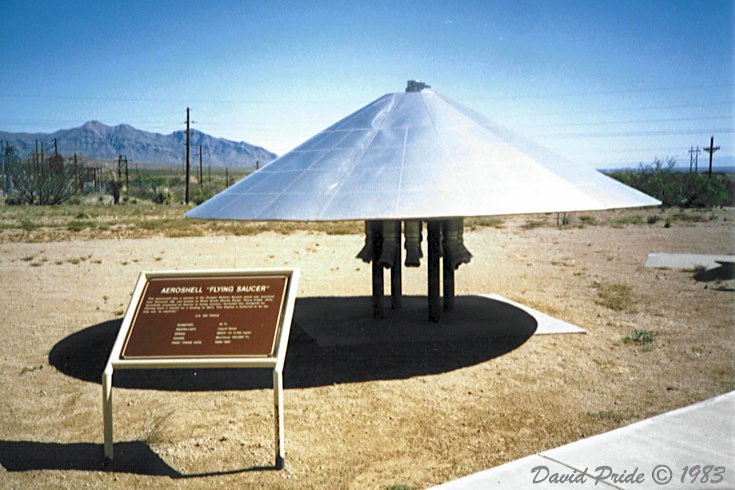 Quote:
|
|
|
|

|
|
|
#291 | |
|
Senior Member
Iscritto dal: Apr 2006
Messaggi: 1464
|
Pannelli solari interessanti:
  con rapporti W/Kg del genere è fattibile alimentarci applicazioni che richiedono molta energia (tipo VASIMR Quote:
|
|
|
|

|
|
|
#292 | |
|
Senior Member
Iscritto dal: Sep 2004
Messaggi: 1178
|
Quote:
bello, lo voglio. Ora, pero', non nel 2015.
__________________
La scienza è provvisoria -- Jumpjack -- |
|
|
|

|
|
|
#293 |
|
Senior Member
Iscritto dal: Sep 2004
Messaggi: 1178
|
Al via i provini per il Grande Fratello... marziano!!
http://www.newscientist.com/article/...exploring-mars Ma sarà un po' piu' lungo del solito: 500 (cinquecento) giorni! Per vedere se 6 persone finiranno per scannarsi o per... riprodursi!
__________________
La scienza è provvisoria -- Jumpjack -- |
|
|

|
|
|
#294 | |
|
Senior Member
Iscritto dal: Apr 2006
Messaggi: 1464
|
BepiColombo ora ha un budget di 970 milioni di euro, che dovrebbe permettere la realizzazione della missione cosi' come pianificata:
Quote:
|
|
|
|

|
|
|
#295 | |
|
Senior Member
Iscritto dal: Apr 2006
Messaggi: 1464
|
Risolto (o meglio rattoppato
Quote:
|
|
|
|

|
|
|
#296 |
|
Senior Member
Iscritto dal: Nov 2001
Città: Padova
Messaggi: 1635
|
Molto interessante l'incredibile soluzione trovata!
Go Hayabusa!
__________________
Cosmos Pure | Core i7 860 | P7P55D-E Deluxe | 16GB DDR3 Vengeance | HD5850 | 2x850PRO 256GB | 2xRE3 250GB | 2xSpinPoint F3 1TB |
|
|

|
|
|
#297 |
|
Senior Member
Iscritto dal: Sep 2004
Messaggi: 1178
|
ci vorrebbe un disegno che mostra dove/come so' messi e come so' fatti questi motori!
__________________
La scienza è provvisoria -- Jumpjack -- |
|
|

|
|
|
#298 |
|
Senior Member
Iscritto dal: Apr 2006
Messaggi: 1464
|
|
|
|

|
|
|
#299 |
|
Senior Member
Iscritto dal: Sep 2004
Messaggi: 1178
|
non si capisce molto di come sono accoppiati ionizzatori e neutralizzatori, purtroppo.

__________________
La scienza è provvisoria -- Jumpjack -- |
|
|

|
|
|
#300 | |
|
Senior Member
Iscritto dal: Apr 2006
Messaggi: 1464
|
Quote:
|
|
|
|

|

|
| Strumenti | |
|
|
Tutti gli orari sono GMT +1. Ora sono le: 19:46.









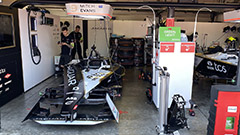

_L.jpg)


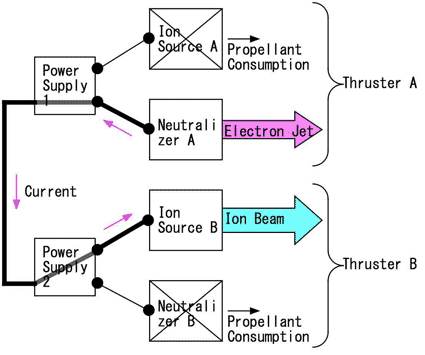




_XXL.jpg)




